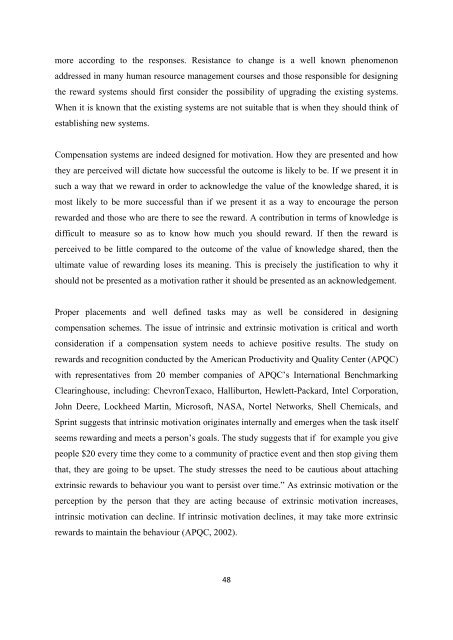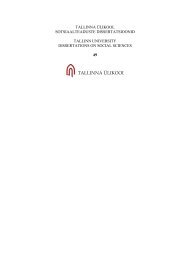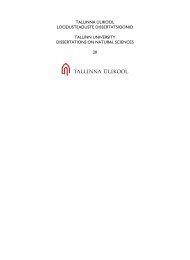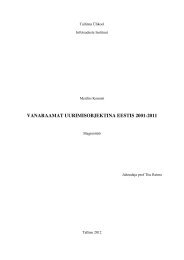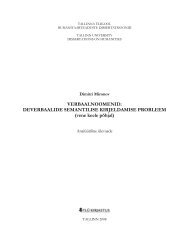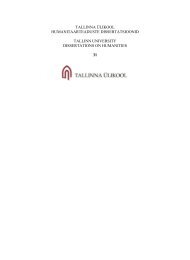Download (1157Kb) - E-Ait
Download (1157Kb) - E-Ait
Download (1157Kb) - E-Ait
Create successful ePaper yourself
Turn your PDF publications into a flip-book with our unique Google optimized e-Paper software.
more according to the responses. Resistance to change is a well known phenomenon<br />
addressed in many human resource management courses and those responsible for designing<br />
the reward systems should first consider the possibility of upgrading the existing systems.<br />
When it is known that the existing systems are not suitable that is when they should think of<br />
establishing new systems.<br />
Compensation systems are indeed designed for motivation. How they are presented and how<br />
they are perceived will dictate how successful the outcome is likely to be. If we present it in<br />
such a way that we reward in order to acknowledge the value of the knowledge shared, it is<br />
most likely to be more successful than if we present it as a way to encourage the person<br />
rewarded and those who are there to see the reward. A contribution in terms of knowledge is<br />
difficult to measure so as to know how much you should reward. If then the reward is<br />
perceived to be little compared to the outcome of the value of knowledge shared, then the<br />
ultimate value of rewarding loses its meaning. This is precisely the justification to why it<br />
should not be presented as a motivation rather it should be presented as an acknowledgement.<br />
Proper placements and well defined tasks may as well be considered in designing<br />
compensation schemes. The issue of intrinsic and extrinsic motivation is critical and worth<br />
consideration if a compensation system needs to achieve positive results. The study on<br />
rewards and recognition conducted by the American Productivity and Quality Center (APQC)<br />
with representatives from 20 member companies of APQC‟s International Benchmarking<br />
Clearinghouse, including: ChevronTexaco, Halliburton, Hewlett-Packard, Intel Corporation,<br />
John Deere, Lockheed Martin, Microsoft, NASA, Nortel Networks, Shell Chemicals, and<br />
Sprint suggests that intrinsic motivation originates internally and emerges when the task itself<br />
seems rewarding and meets a person‟s goals. The study suggests that if for example you give<br />
people $20 every time they come to a community of practice event and then stop giving them<br />
that, they are going to be upset. The study stresses the need to be cautious about attaching<br />
extrinsic rewards to behaviour you want to persist over time.” As extrinsic motivation or the<br />
perception by the person that they are acting because of extrinsic motivation increases,<br />
intrinsic motivation can decline. If intrinsic motivation declines, it may take more extrinsic<br />
rewards to maintain the behaviour (APQC, 2002).<br />
48


